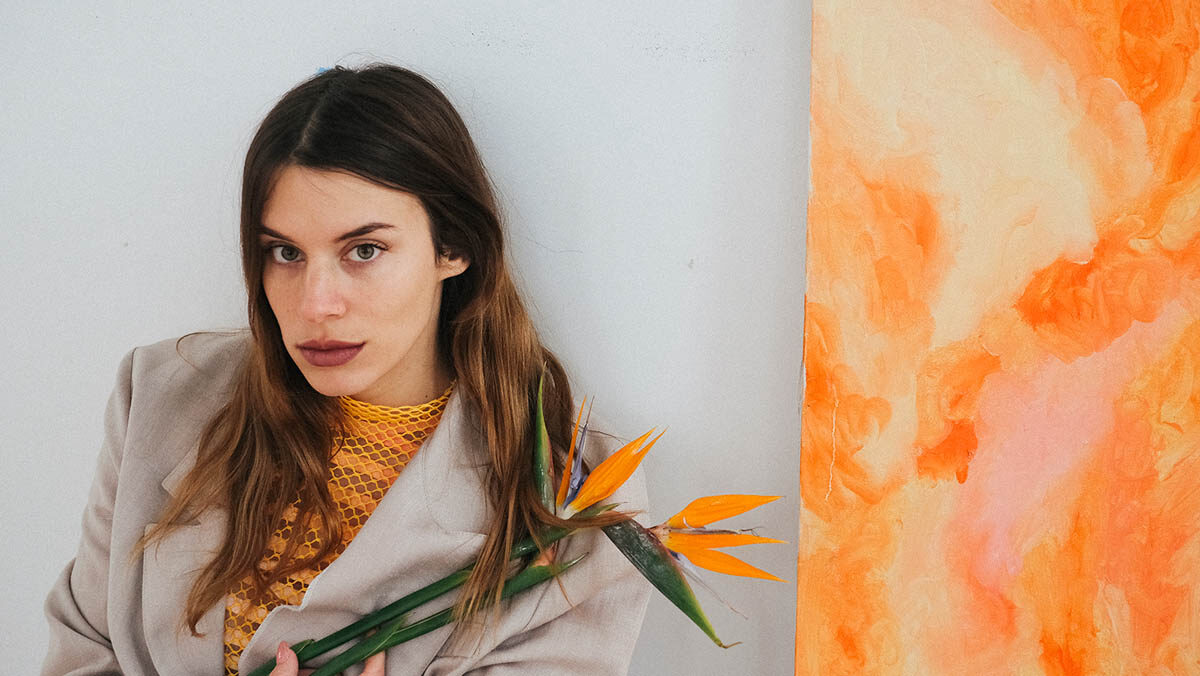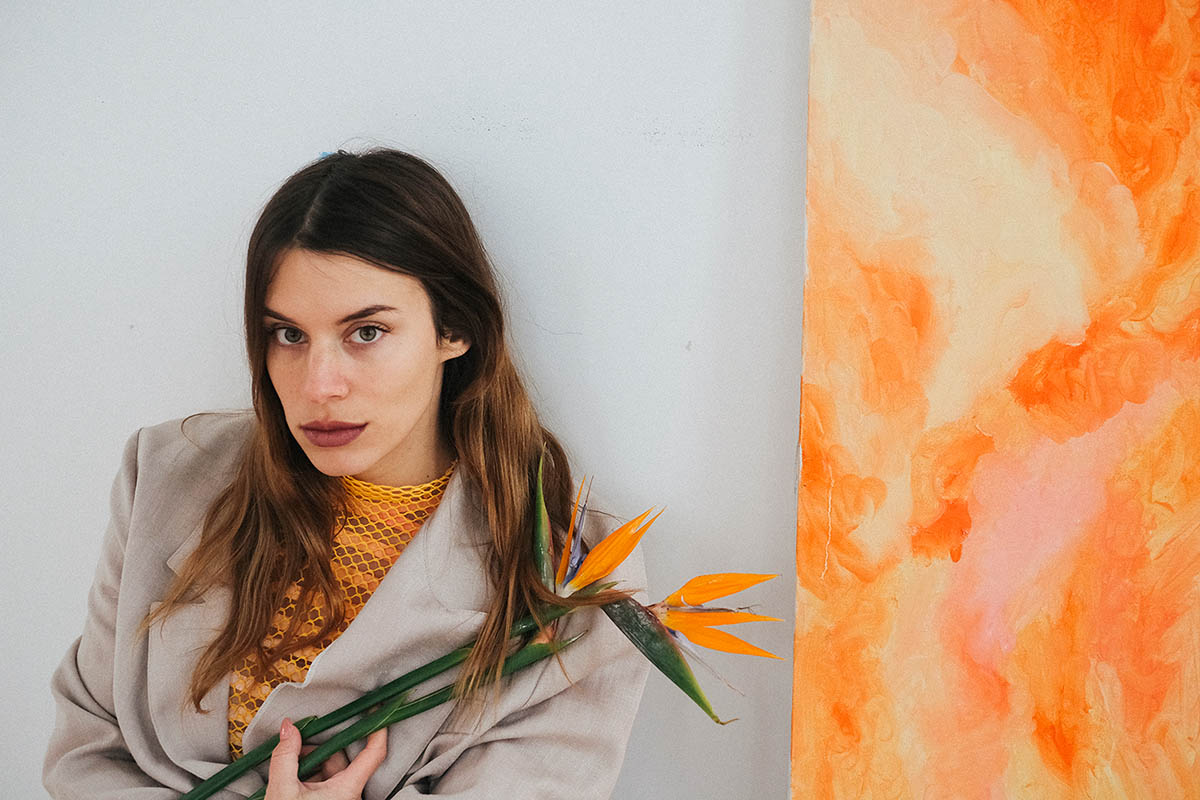
She is, as well, focusing on the specificity of the female struggle in our region, with a particular emphasis on vulnerability within the context of complex and often contradictory narratives. Milica has exhibited her works individually in Budapest, Prague, Belgrade, Bratislava, and Ljubljana, as well as collectively across Europe. She participated in the Bienvenue Art Fair in Paris, and her works have been featured in several international art magazines. For a few years, Milica was based between Prague and Vienna, after which she returned to her home and birthplace in Belgrade, Serbia.
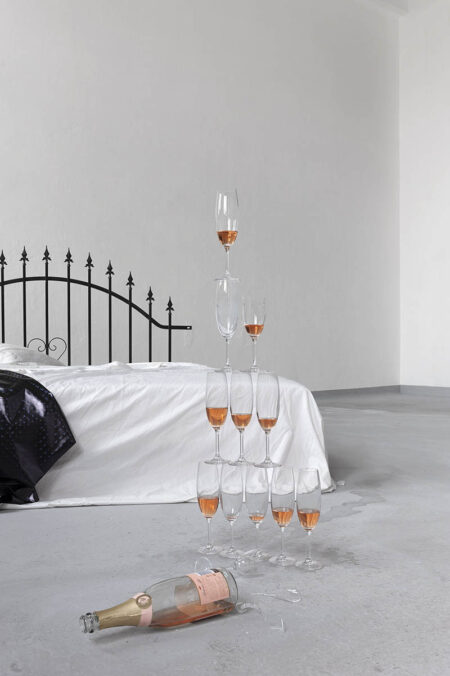
Milica Mijajlović 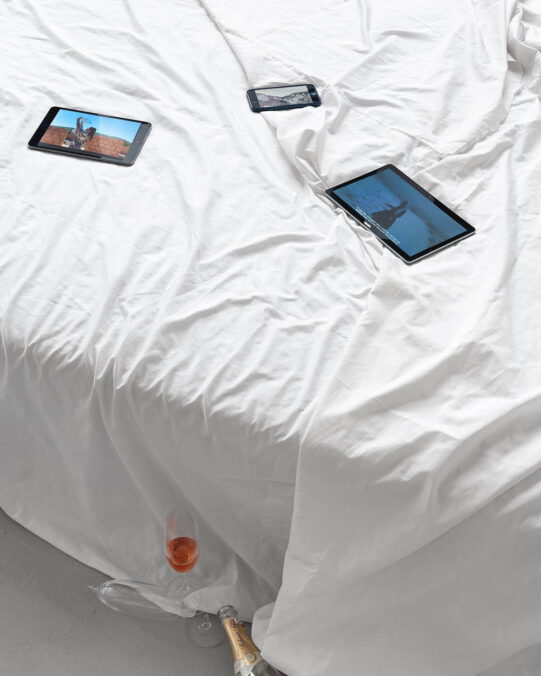
How does your heritage influence your creative process?
There are a lot of layers of memory in each one of us, some of which are connected to what we remember as individuals and a lot of them belong to the collective memory and heritage itself. When I think of “heritage” as a word, it often reflects in my mind as golden objects, architecture, and beautiful musical compositions. But when you step out of the Schengen area, your heritage is mostly nothing like that. It’s a collection of political systems that didn’t work out, constant social mode on a large scale, and a lot of love and warmth everywhere around you. Heritage also often comes in the form of trauma, but also in the form of bliss, and like that, it shapes my creative process with millions of impulses from the subconscious that sometimes I struggle to understand, but I am trying and often succeeding through the body of my work.
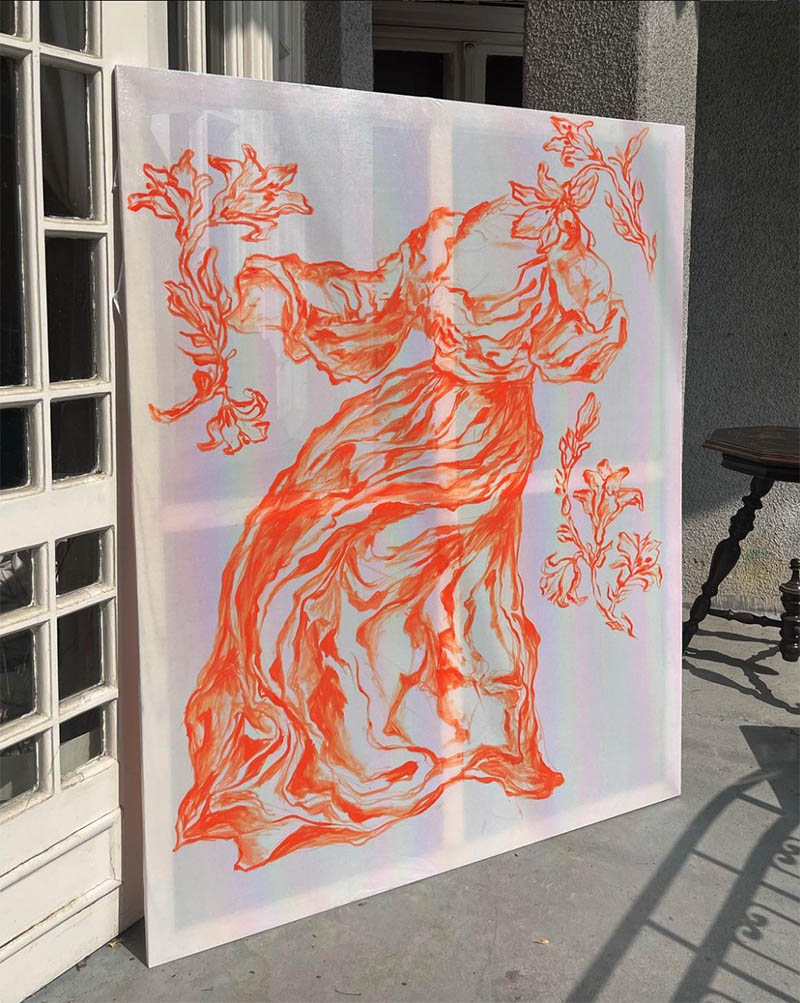
Can you elaborate on how family migrations between the former Yugoslav states have shaped your perspective as an artist?
The nomadic lifestyle that I experienced as a child, in the search for stability, has formed my personality to be flexible—seeing the world and those around me from many different perspectives and angles, and giving me space to be more empathetic, vulnerable, but also fluid about what is ‘true’ and understanding how certain truths differ in such a small geographical area. For me as an artist, this kind of flexibility gives me the room to be above certain strict views and positions me in a space where I can play with my own identity and with narratives in general, treating history as an ambiguous field and my playground.
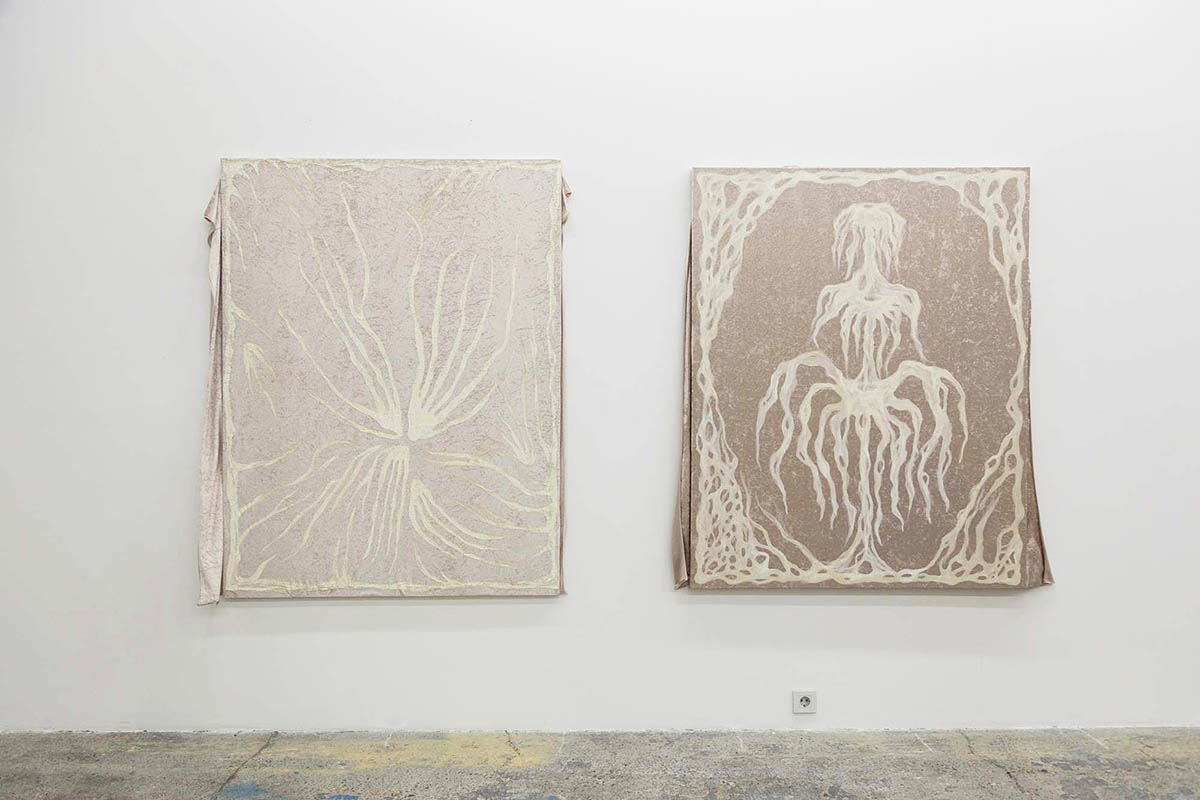
What mediums do you prefer to work with, and why?
Since I have studied painting, in its classical but also its more contemporary form, I am still attached to this medium, and I can say it is my dominant form of expression, although I often work with other mediums as well: video, text, and installation. I treat paintings as objects, and I usually ‘dress’ the canvas in reflective and shiny fabric, which becomes the groundwork for the forms I paint. These forms, sometimes abstract and sometimes more figurative, are done in monochrome palettes, usually only with white and with one single layer of paint. I am not sure why I am escaping layers and colors, but somehow this feels like I am drawing with the paint, and I like that. As if, this way, I am allowed to be rebellious to my act of ‘painting’ and to the context of classical painting practice.
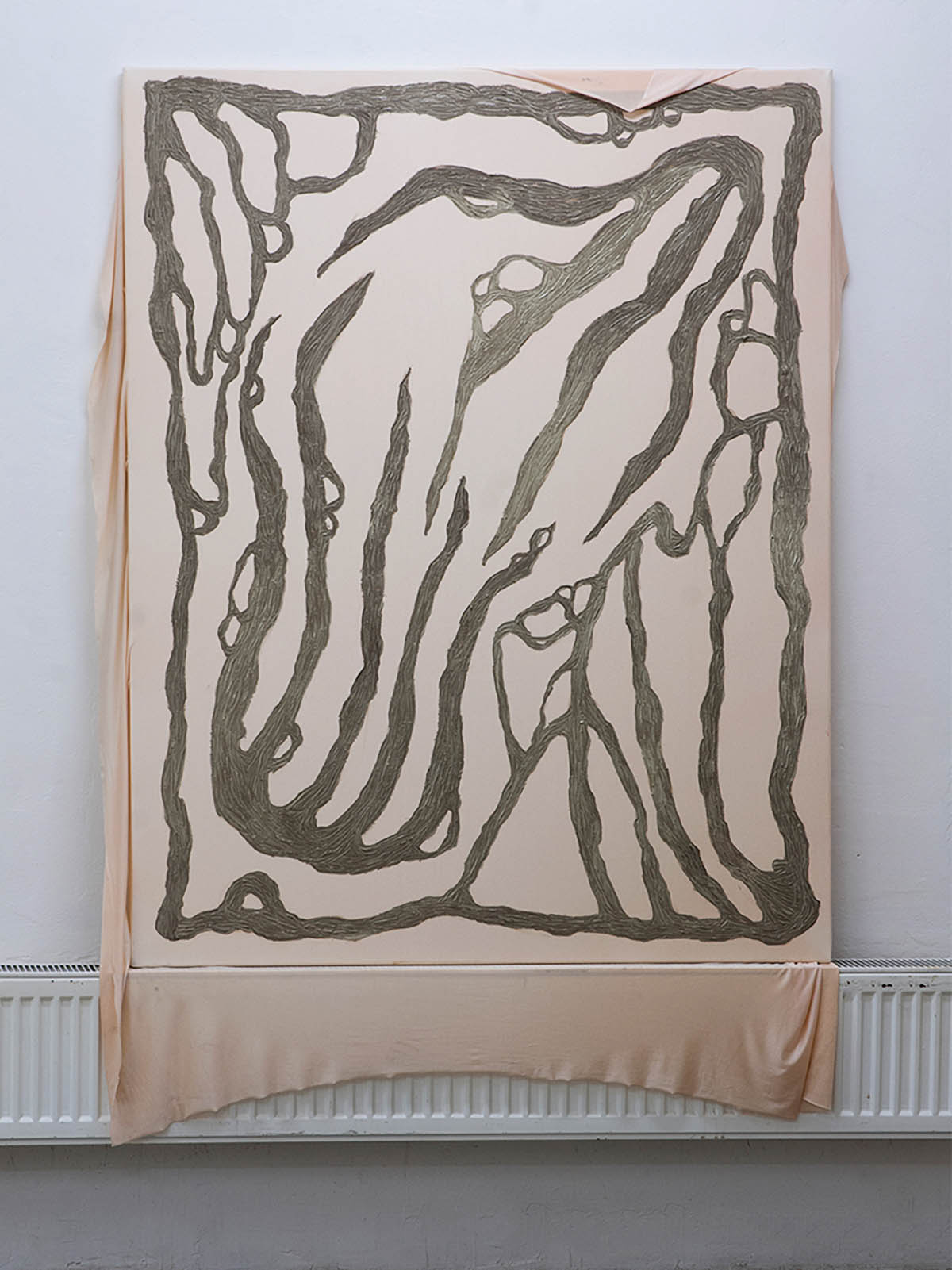
Your work often engages with the politics of memory. How do you approach this complex and often sensitive subject matter in your artistic practice?
Just like reality, I think that memory has no left or right; even though it is often placed at one of these two polarities, it isn’t inherently biased or directional. Throughout my practice, I am trying to treat memory in a more non-linear context—to play with it, question it through different lenses of perception, through self-criticism, and very often through irony. This way, the memory as a concept and as a personal heritage becomes material for my later-produced work in connection with the references from everyday life’s different contexts and meanings.
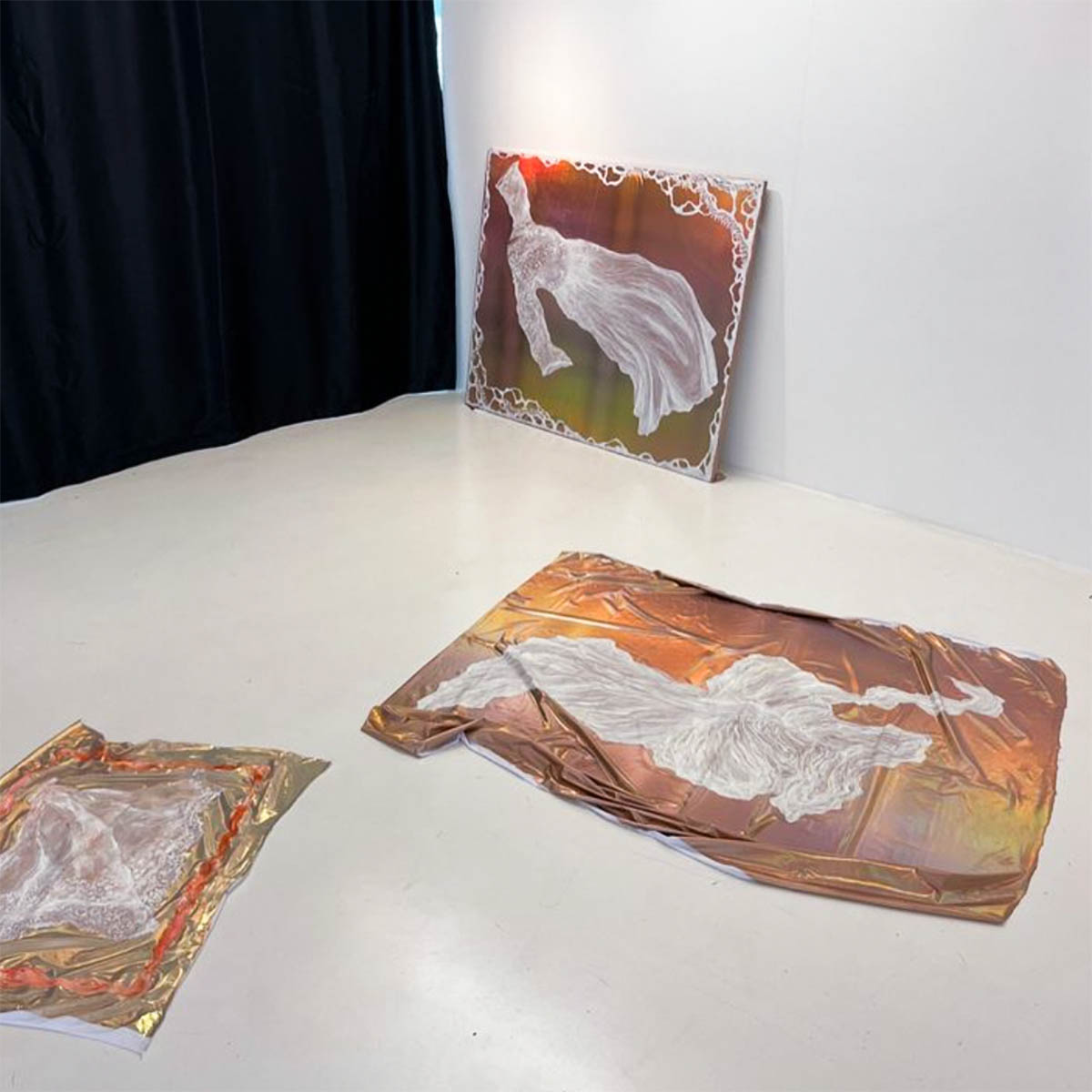
How do you balance your personal life with your professional responsibilities as an artist?
I see these two as united, and I have never been able to separate art practice from my life. I also don’t perceive it as a profession or obligation but more like an extension of my being. This sometimes results in a struggle with boundaries and ups and downs with production, but it’s what it is. I think that I will never be able to treat my artistic practice as a sort of ‘job’ or work per se. I see the body of work as the result of an utter need to express and represent things not even clear to myself—a mystical process of giving multiple births to impulses and archetypes that you never thought would come into existence. Other engagements, such as shows and projects, I treat as professional responsibilities, and they are often priorities in my personal life, especially when the deadlines are close.
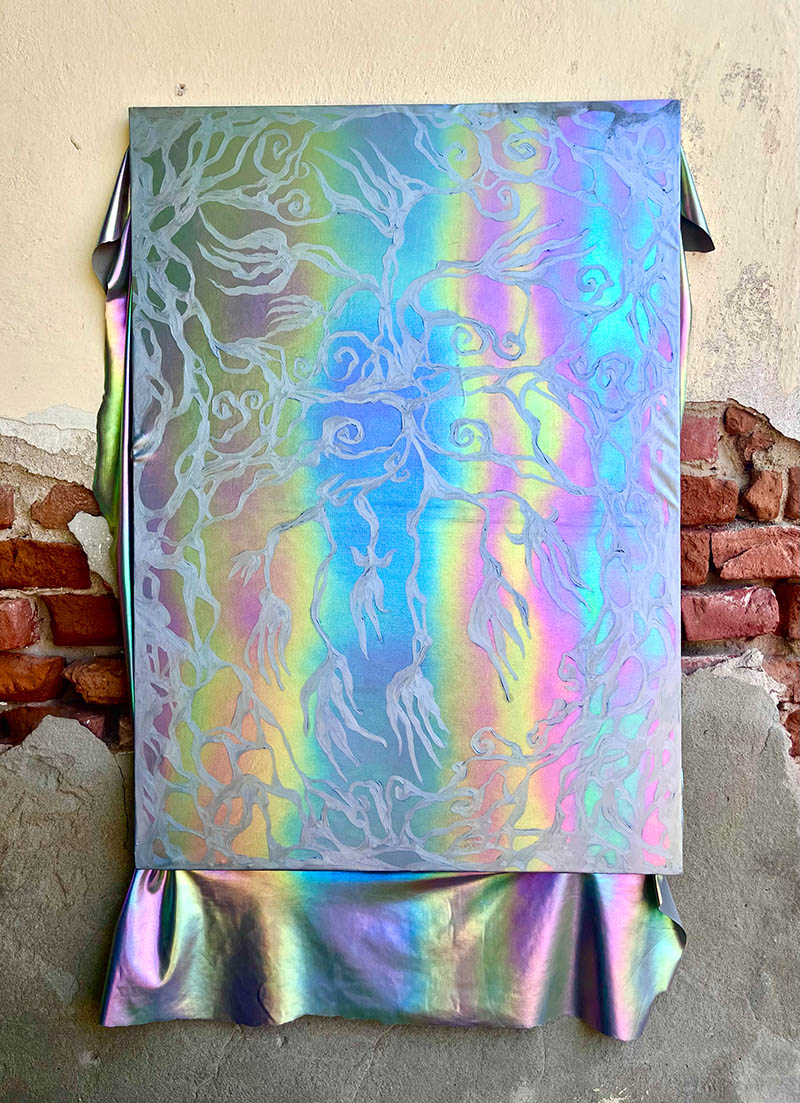
How do your leisure pursuits inspire or influence your creative process?
Ultimately! Haha, but seriously, I think that leisure is really important for reflecting and letting ourselves feel the inside world more intensely. Traveling means a lot to me, and I treat every trip as a chance to meet one more version of myself. A few years ago, I visited some seaside villages near Barcelona, and I felt so overwhelmed by beauty and inspiration that I felt that I had lost all my belongings and didn’t even notice. I think that many of my works were initially created in my mind during my leisure time, and the best paintings I did were created when I was sick. Probably not having any expectations from ourselves gives us space to be inspired in its deepest sense.
In September, you have a residency at Residency Unlimited (RU) in New York. What do you expect from it?
Yes, this residency came with the Young Visual Artists Award I won in November in Montenegro. I am immensely looking forward to this opportunity, especially because I have never visited American content before. New York, with its diverse identity and the residency itself—it looks like a dream journey for me, and I cannot wait to step onto that ground.
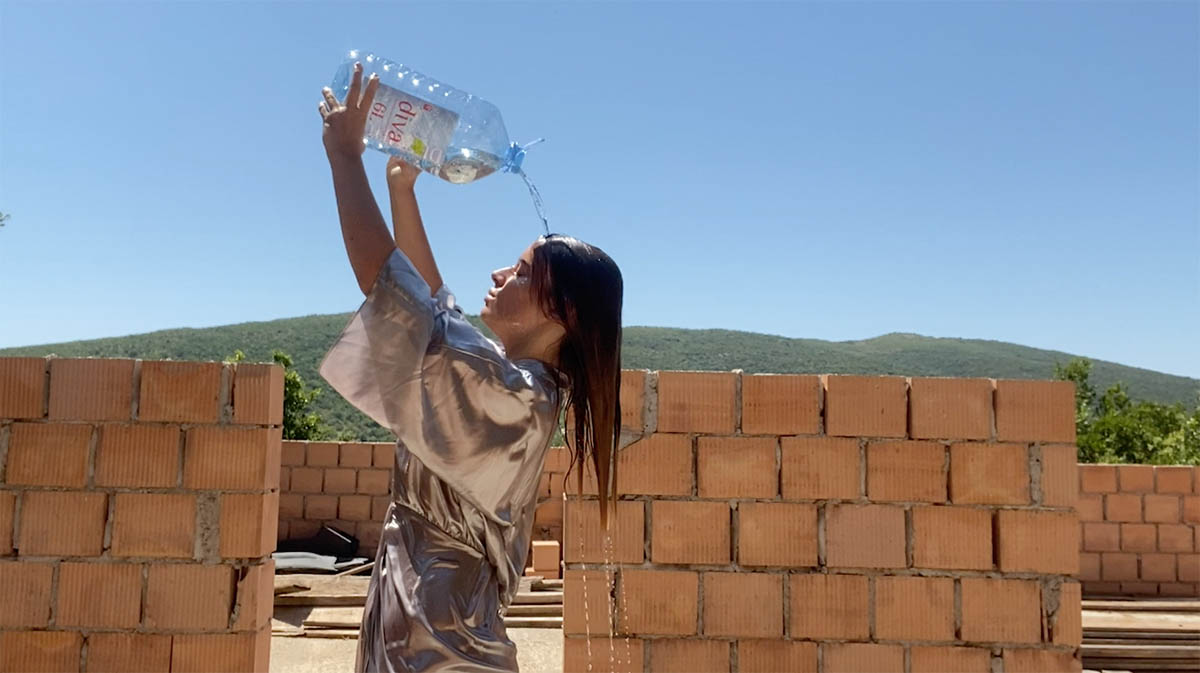
What else do you have planned for this year? Are you planning to visit Austria again?
There have been several important events for me this year, some personal and some professional. I am having a solo show this summer in Belgrade, and I am also participating in the art festival ‘Deziluze’ in the Czech Republic, where I will present a mini-retrospective of my video works. Also, I am working as a co-author on a book about the Balkans and their twisted identities through the lenses of a few of us artists who have been connected to or rooted in Belgrade while simultaneously based in Europe. There is a possibility that this book will also be presented in Vienna once it is published. So yes, I hope I will be back in Austria on different occasions. I loved my Viennese time, and I am always happy to be back!
Milica Mijajlović – www.milicamijajlovic.com, www.instagram.com/mimmichica




